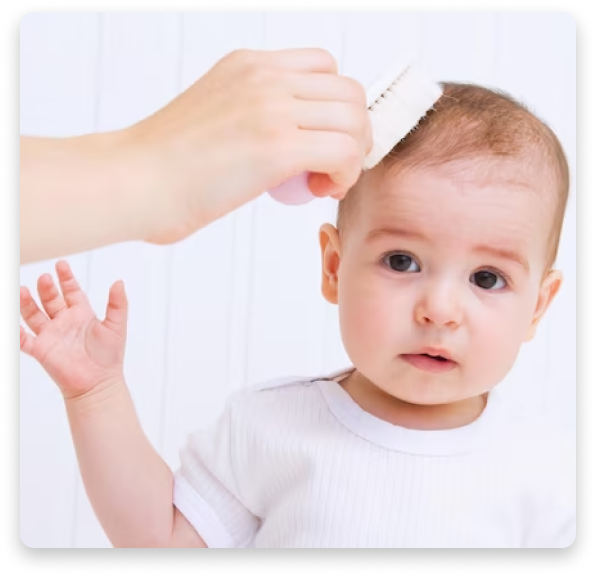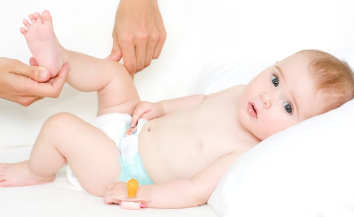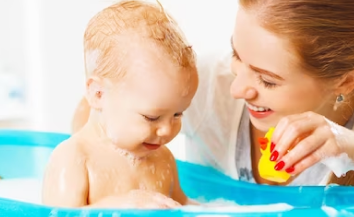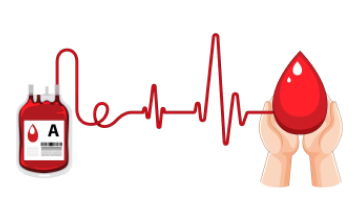You may also like…
‘’Cradle cap: When your baby’s hair is making a statement, even before they can talk.’’
What is cradle cap and what are the statistics of this happening to a child?
Cradle cap is a skin condition that affects newborns and infants. it causes patches of flaky, yellow, or white scales on the scalp. It is not harmful or painful, but can be unsightly. It is called crusta lacteal, honeycomb disease, milk crust, pityriasis capitis, and infantile seborrheic dermatitis. According to fata, Cradle cap is believed to affect 10 percent of infants presenting in the third week and first couple months of life, with peak incidence at 3 months of life.
What causes cradle cap?
It is important to remember that cradle cap has nothing to do with bad hygiene. A hypothesis suggests that overactive sebum glands lead to sticking of the dead cells to the scalp, another suggests that there are certain kinds of fungi that might be causing this since it responds to antifungal treatments. The exact mechanism is unclear. If a fungal infection occurs, it could be because the mother or baby had taken antibiotics, antibiotics destroy bad and good bacteria, even the one that protects us from fungal infections.
Below are some of the most common symptoms:
- An asymptomatic, scaly eruption on the scalp and less often so, face
- Accumulation of a greasy yellow plaque-like scale on the vertex and forehead of the scalp
- Sometimes, the face is also involved with an erythematous scaly plaque on forehead, eyebrows/eyelids, nasolabial folds, cheeks, post-auricular areas.
How to manage cradle cap at home?
Cradle cap is usually a self-limited condition. The treatment for a mild condition should remain conservative. This includes a daily wash with a gentle baby shampoo, mild emollients such as petrolatum mineral oil and baby oil application. You may want to keep the oil applied overnight in order to aid in breaking the scale/plaque. Removal of cap should be with a soft bristled toothbrush or a cradle cal comb. There are special cradle cap brushes that have very soft silicon bristles to remove flakes from baby’s scalp. Sometimes the hospitals send you home with these requirements. Don’t over-do the brushing process, and try not to pick at the flakes.
If conservative treatment does not work, consult with your doctor. For the next stage of treatment, your doctor might recommend an antifungal cream such as ketoconazole 2% or a topical application cream that contains steroid such as hydrocortisone 1% for 1-2 weeks. For areas that have skin folds, or opposing skin surfaces; ketoconazole 2% is the preferred option.
How to prevent cradle cap? Practice good hygiene with your baby and help him/her bathe once or twice a week, avoid the use of harsh shampoos and soaps, avoid over massaging the scalp with oils and avoid over-warming the baby.







